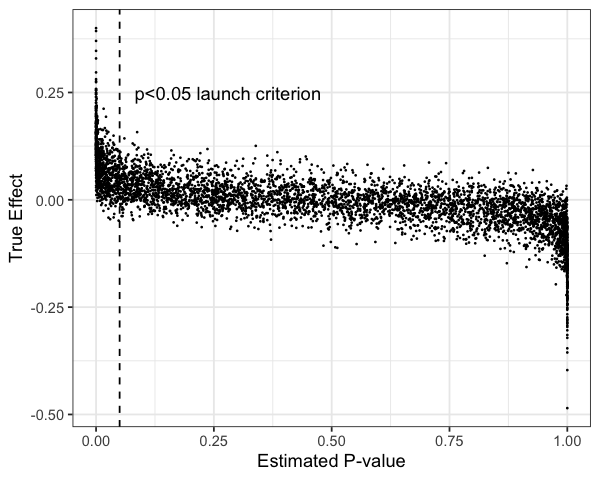
A couple days ago another team asked me to speak about Bayesian data analysis. I decided that instead of doing a nuts/bolts of how to fit/use Bayesian models, I would describe "Bayesian analysis: The Good Parts". <potentially controversial thread>
Good Part 1. Explicitly modeling your data generating process
Bayesian analysis means writing down complete models that could have plausibly generated your data. This forces you to think carefully about your assumptions, which are often implicit in other methods.
Bayesian analysis means writing down complete models that could have plausibly generated your data. This forces you to think carefully about your assumptions, which are often implicit in other methods.
Good Part 2: No need to derive estimators
There are a increasingly full-featured and high-quality tools that allow you to fit almost any model you can write down. Being able to treat model fitting as an abstraction is great for analytical productivity.
There are a increasingly full-featured and high-quality tools that allow you to fit almost any model you can write down. Being able to treat model fitting as an abstraction is great for analytical productivity.
Good Part 3: Estimating a distribution
Bayesian analyses produce distributions as estimates rather than specific statistics about distributions. That means you deeply understand uncertainty and get a full-featured input into any downstream decision/calculation you need to make.
Bayesian analyses produce distributions as estimates rather than specific statistics about distributions. That means you deeply understand uncertainty and get a full-featured input into any downstream decision/calculation you need to make.
Good Part 4: Borrowing strength / sharing information
A common feature of Bayesian analysis is leveraging multiple sources of data (from different groups, times, or geographies) to share related parameters through a prior. This can help enormously with precision.
A common feature of Bayesian analysis is leveraging multiple sources of data (from different groups, times, or geographies) to share related parameters through a prior. This can help enormously with precision.
Good Part 5: Model checking as a core activity
Good Bayesian analyses consider a wide range of models that vary in assumptions and flexibility in order to see how they affect substantive results. There are principled, practical procedures for doing this.
Good Bayesian analyses consider a wide range of models that vary in assumptions and flexibility in order to see how they affect substantive results. There are principled, practical procedures for doing this.
Good Part 6: Interpretability of posteriors
What a posterior *means* makes more intuitive sense to people than most statistical tests. Validity of posterior rests on underlying assumption about correctness of model, which is not hard to to reason about.
What a posterior *means* makes more intuitive sense to people than most statistical tests. Validity of posterior rests on underlying assumption about correctness of model, which is not hard to to reason about.
• • •
Missing some Tweet in this thread? You can try to
force a refresh




